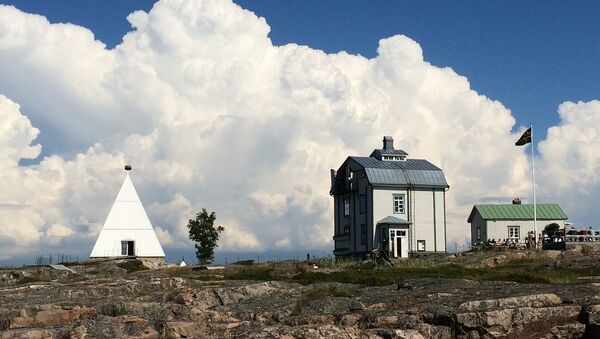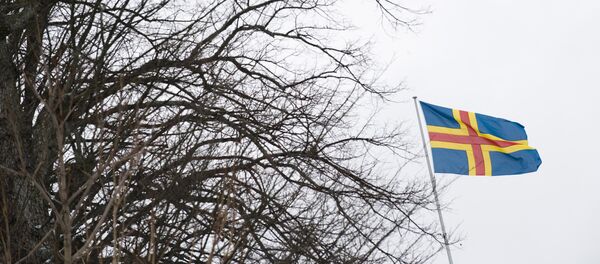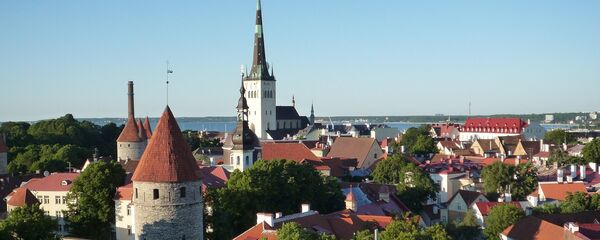According to the report, Åland tops the list in terms of the amount of emissions, with 5.5 tons of carbon dioxide per person. By contrast, the Canary Islands, a Spanish archipelago near Africa, had the smallest footprint: only 1 ton of carbon dioxide. Carina Aaltonen, the chairwoman of Åland's Social and Environmental Committee, found that the fact that Åland is at the forefront of household emissions was not strange at all, yet "very worrying."
"Many people have holiday homes, where some kind of heating is taking place all year long. We also have large homes with many square meters per person. Compared with the rest of Finland, we also have many single-family detached homes," Carina Aaltonen told the Finnish daily Hufvudstadsbladet.
Åland has the highest consumption of electricity and liquid fuel per capita in Finland. In comparison with other Finnish regions, the region also spends more money on actual and estimated rent, housing maintenance, its water supply, waste collection and other housing services.
"In a house with one or two residents, far fewer appliances, energy and building materials are shared, which can explain some of the footprint emanating from the households," Doctoral candidate Diana Ivanova of the NTNU explained.
According to Diana Ivanova, switching to less-carbon-intensive air and water heating methods may be considered to reduce the impact, due to Finland's notoriously cold winters, which require a lot of heating. Thus, wood and pellets are alternatives to be considered, which contribute to less emission than electricity or oil. Another option is to get used to slightly lower indoor temperatures, Diana Ivanova pointed out.
According to Carina Aaltonen, the sustainability gap has to be reduced. From a sustainability perspective, carbon dioxide emissions per person should be reduced to less than two tons per person and called for a concrete plan involving both the public sector and industry.
Åland is an archipelago numbering 6,500 islands, located at the entrance of the Gulf of Bothnia in the Baltic Sea. It is the only autonomous, demilitarized and monolingually Swedish-speaking region in Finland. It is also the smallest region of Finland, constituting 0.49 percent of its land area and 0.5 percent of its population, with roughly 30,000 inhabitants.




